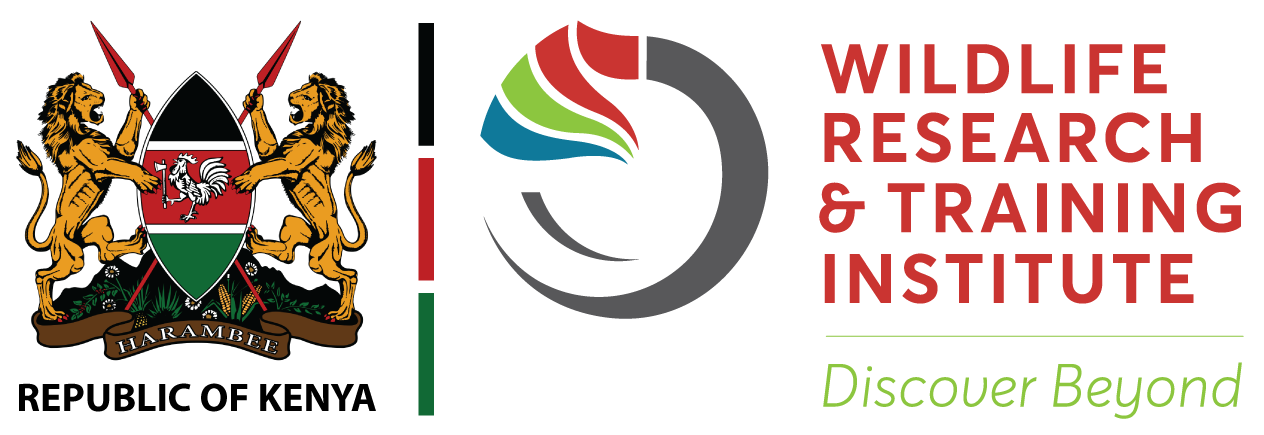The Institute participated in the second Homa Bay County International Investment
Conference (HOBIIC, 2024) held at Tom Mboya University grounds in Homa Bay
County, from February 26 th to 29 th , 2024.
Embracing the conference theme “Unlocking the Bay of Endless Potential” , the
conference brought together investors, partners, and stakeholders to highlight their
contributions to the national Gross Domestic Product (GDP), aligned to the
government objective of the bottom-up economic transformation agenda.
The conference was officially opened by His Excellency the President, Dr William
Ruto, who had a chance to visit the Institute’s exhibition stand congratulating the
team for the good efforts towards wildlife conservation.
Wildlife Research and Training Institute research scientists based at Ruma National
Park utilized the golden opportunity to highlight key areas of wildlife research and
unveil critical findings that delved into sustainable wildlife conservation through
science-driven practices.
Focusing on the ongoing research activities aimed at conserving the endangered
Roan antelopes in Kenya, the research scientist centered on comprehensive scientific
investigation into various aspects of the Roan antelope population dynamics and
their underlying ecological complexities. Various activities highlighted during the
ongoing HOBIIC, 2024 conference include;
Establishing roan antelope population dynamics thorough analysis of historical
data to understand their long-term population trends within Ruma National Park.
This includes examining population size fluctuations, demographic composition,
and factors influencing population dynamics over time.
Determining distribution and Habitat preference using advanced spatial modeling
techniques for mapping which provide valuable insights into habitat requirements
and help guide conservation efforts aimed at preserving suitable Roan antelope
habitats.
Establishing ecological carrying Capacity incorporating factors such as food
availability, water sources, and habitat suitability.
Determining diurnal time budget for the roan through focal animal observation to
provides valuable information on species behavior, interactions with other animals
within the ecosystem.
Monitoring tsetse fly and tick density through systematic surveys to assess their
abundance and distribution which is essential for managing disease risks to
wildlife and livestock populations.
Mapping invasive Species aimed at determining their distribution within the park
and monitoring their spread over time. Invasive species outcompete native
vegetation and alter ecosystem dynamics, posing a threat to wildlife habitat and
biodiversity.
Participants also had an opportunity to learn more about the Diploma and Certificate
courses that the institute offers.

